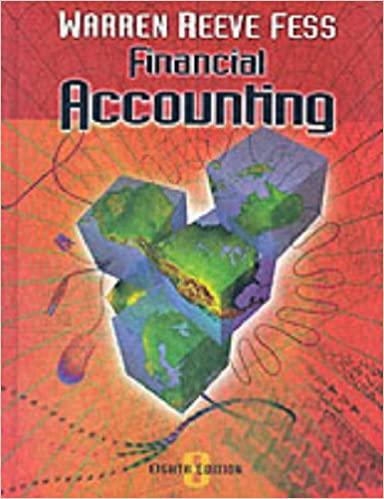Question
ALL INFORMATION HAS BEEN PROVIDED Digby has a new design for their product Dixie next round that can reduce their material cost of producing units
ALL INFORMATION HAS BEEN PROVIDED
Digby has a new design for their product Dixie next round that can reduce their material cost of producing units from $8.14 to $7.32. Digby passes on half of all cost savings by cutting the current price to customers. For simplicity: - Use current labor costs of $4.28 - Assume all period costs as reported on Digby's Income Statement (Annual Rpt Pg 2) will remain the same. Determine how many units (000) of product Dixie would need to be sold next round to break even on the product.
Select: 1Save Answer 1,119 units. 1,455 units. 861 units. 1,189 units. 1,057 units. 895 units.
|
|
 |  |
 |
Show transcribed image textView comments (1)
Expert Answer
 Anonymous answered this
Anonymous answered this
Was this answer helpful?
0
1
71 answers
To calculate the Break-even point of Dixie we need to first calculate the selling price of Dixie.
To find out the selling price of Dixie, we first need to find out the quantity sold of Dixie in the 3rd round.
We can calculate the same by dividing total Labor cost by Labor cost per unit:
Sales Quantity = Total Labor Cost/ Labor Cost per Unit = $9,225/$4.28 = 2156.
Now to calculate the current selling price of Dixie:
Current Selling price = Total Sales/ No. of units sold = $41,001/2156 = $19.02.
Now calculate the proposed selling price as follows:
Proposed selling price = $19.02 (8.14-7.32)/2 = $18.61
Now find out the proposed variable cost per unit of Dixie.
Now calculate the inventory carrying cost as follows:
Inventory carrying cost per unit = 483/2156 = $0.22
To do so just add direct material cost direct labor and Inventory Carrying costs to get Proposed variable cost per unit.
Therefore, Total variable cost per unit = $4.28+7.32+0.22= $11.82
Now let us find out the break-even point of Dixie by using CVP equation as follows:
(S-V)*X= F
(18.61-11.82)*X = $7,825
Therefore X = $7,825/$6.79 = 1153 units
Comment
Answer is not 1153 units which way given already.
50.0% 40.0% 30.0% 20.0% 10.0% 0.0% Variable Margins 2008 Digby Z ZStep by Step Solution
There are 3 Steps involved in it
Step: 1

Get Instant Access to Expert-Tailored Solutions
See step-by-step solutions with expert insights and AI powered tools for academic success
Step: 2

Step: 3

Ace Your Homework with AI
Get the answers you need in no time with our AI-driven, step-by-step assistance
Get Started



